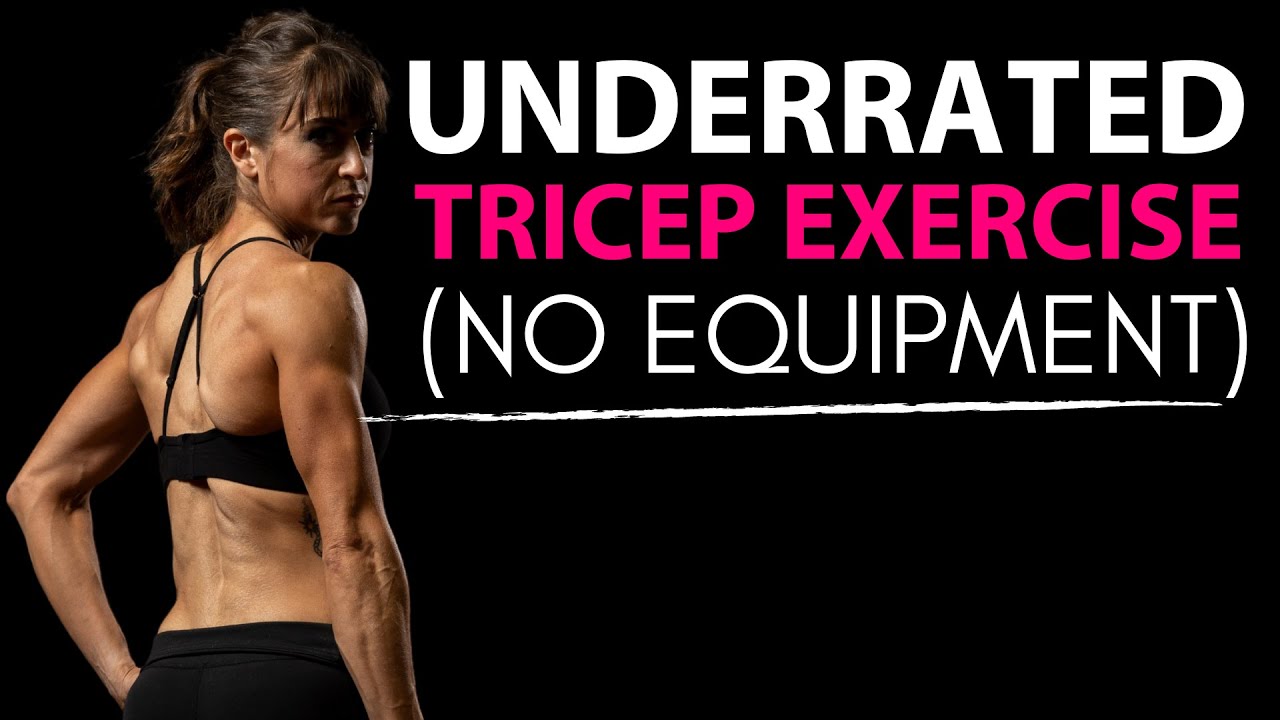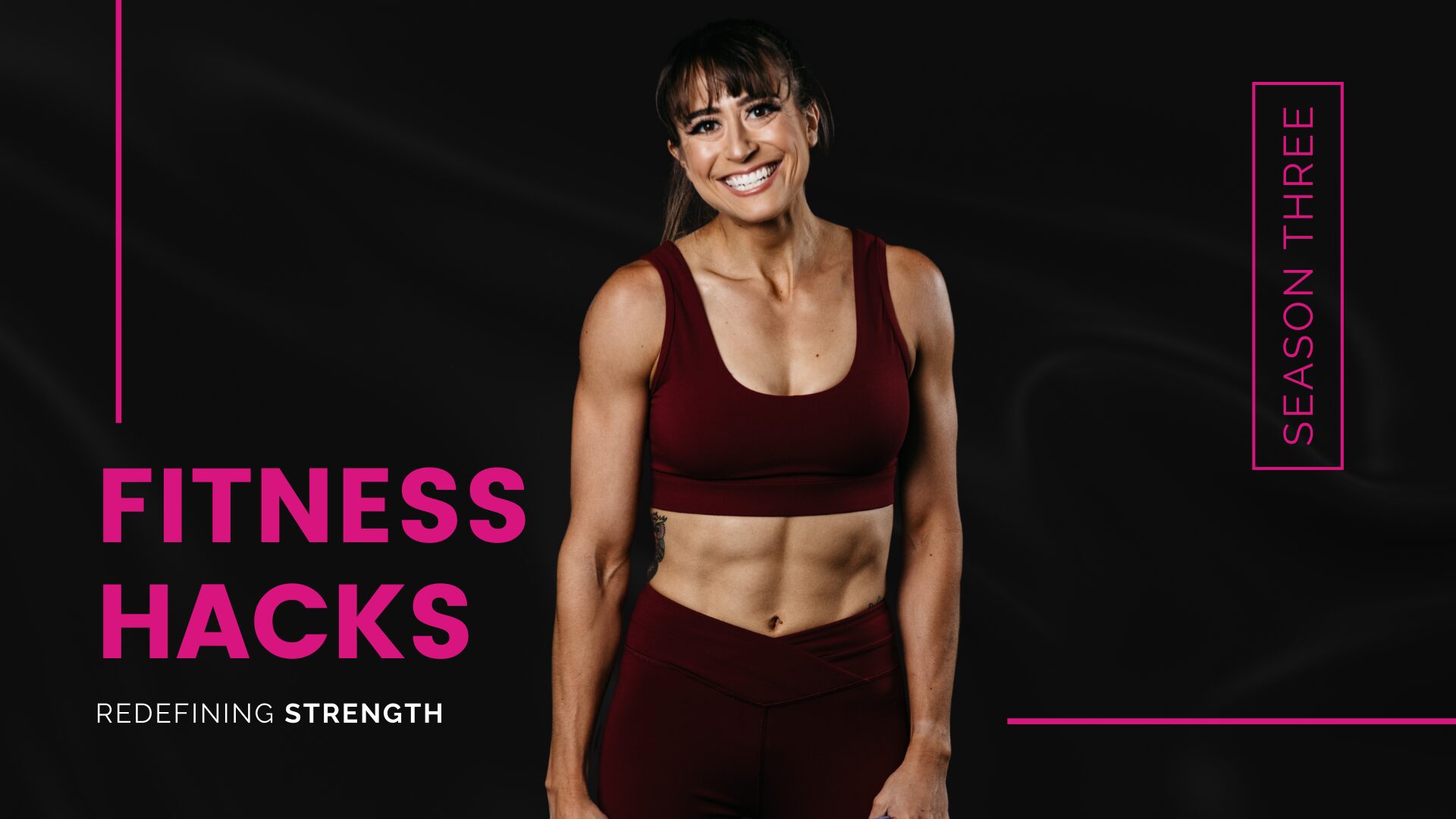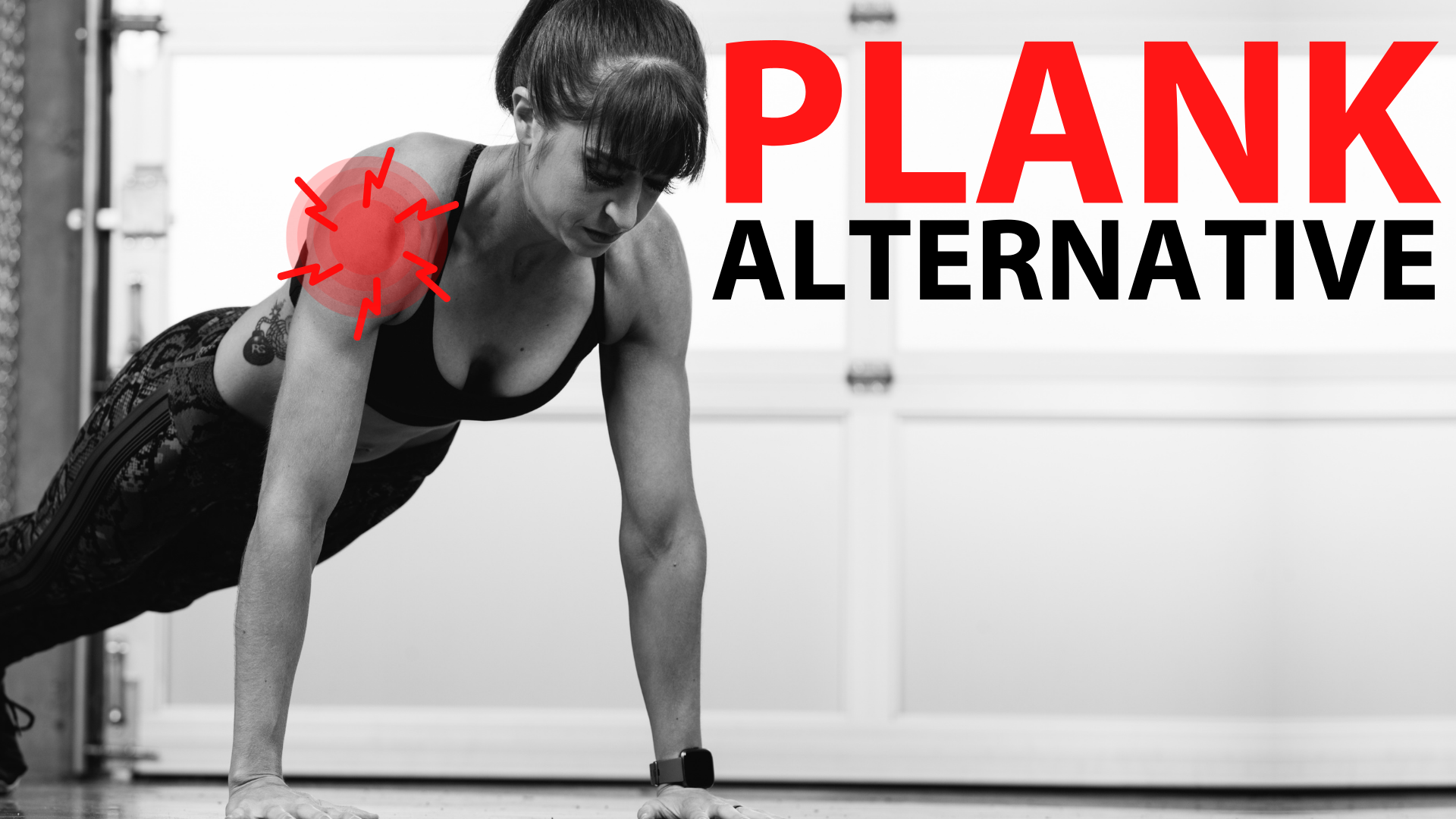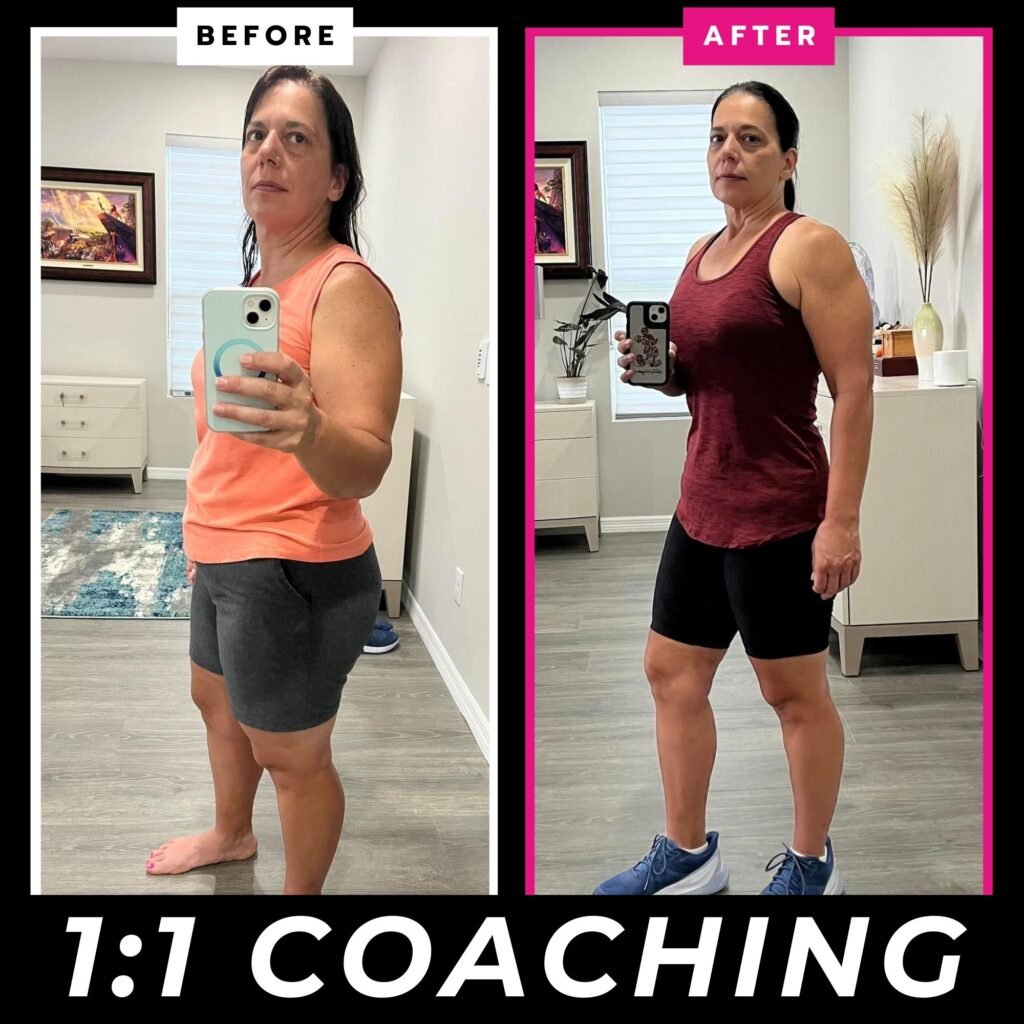
The Best Bodyweight Tricep Exercise (NO EQUIPMENT)
If you want to build muscle, you want to use a combination of compound and isolation movements in your workout routine, especially for any “stubborn” areas you really struggle to build.
Those isolation exercises can be key to create the additional stimulus we need to build muscle, especially in more advanced exercisers.
But what if you don’t have any equipment to use to help you target and challenge those areas?
How can you target muscles, like your triceps, without any tools?
Whether you’re training at home, while you travel or even if you simply want to mix up your workouts with some bodyweight moves, I want to share with you one of my favorite bodyweight exercises to target those triceps.
This exercise not only allows you to work each side independently, to correct any imbalances, but is also safer for your shoulders than traditional bench dips, which are often our go-to tricep isolation move.
While I don’t think we should just demonize dips off a bench, and there are definitely times I not only include them personally, but even with clients, I think it is also key we note their drawbacks.
When we know when and how to use a move correctly, we can not only get better results, but even avoid injury and overload.
With bench dips, if you’ve had shoulder aches and pains, this move may not be right for you especially.
While they can be a great way to target those triceps without any tools, as you can even do them off a coffee table or chair, they can put more strain on your shoulders due to the anterior humeral glide or the forward movement of your shoulder in the socket during the lower down.
That is why I love to use Tricep Push Ups as often as possible instead.
This movement is much safer for the shoulders and allows you to target each side independently to correct any imbalances between sides.
To do the Tricep Push Up, lie on your side with your legs out straight or bottom knee bent. If you bend both legs it will make it harder.
Wrap your bottom arm up and around your so you can’t use this hand to assist. Place your top hand down on the ground at about shoulder height or right below.
The lower down toward your belly button you place your hand, the harder the move will be.
Then press the ground away with that hand on the ground, feeling your tricep work to push your upper body up and extend your elbow. Press up until your arm is extended and then lower back down to the ground.
Keep yourself on your side as you press and lower. Your chest may slightly rotate toward the ground as you press, but make sure you really focus on the back of your arm working.
Repeat, pressing up again until your arm is fully extended. Adjust your hand placement or your legs so you can press and stay under control.
Do not let your legs flop around and make sure to drive the movement with your tricep instead of just trying to use your obliques to bend to the side.
To modify this move you can push off a wall or incline, such as a bench, instead of pressing fully from the ground.
To advance the move you can also change up the tempo, slowing down tempo of the press ,even pausing briefly before touching back down to the ground.
SUMMARY:
The best muscle building results happen when we combine compound and isolation exercises together.
For a killer burner using both, try finishing your workout with a close grip push up and tricep push up compound set. Go back and forth between the two moves for 2-3 minutes, completing 5-10 reps of each back to back. If you find you can’t completely 5 reps solidly in a row, you’re done even if time isn’t up.





